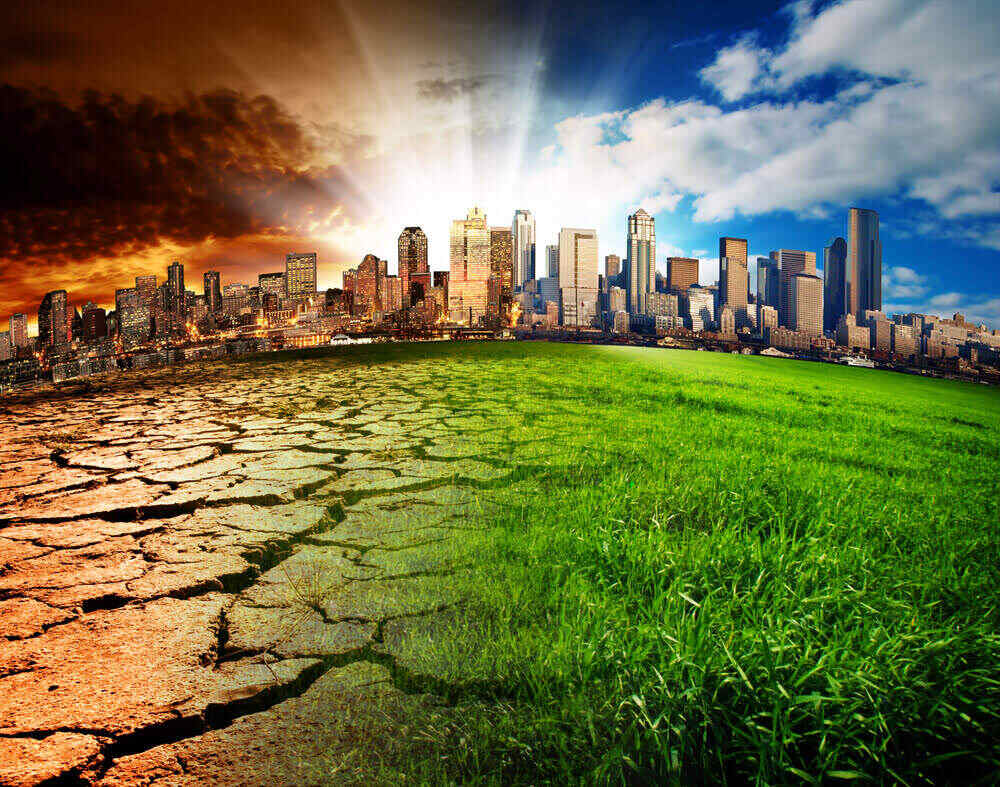Sustainability has been one of the most important things to consider in the past couple of years. People can take a few precautions, like using less plastic or using public transportation or bikes. Most technology firms are also trying to manufacture products that are easily recyclable and more sustainable. Right now, green technology is driving sustainable development it aims to have positive effects in the future.
Even though many people and companies took some precautions, the promises made by the concept of sustainability in recent years, particularly in relation to climate change, have not yet been achieved. Several species are still losing their homes due to the disappearance of rainforests, and fires continue to burn green all around the globe. Thanks to "green technology," we can still take more precautions to prevent all these from happening and secure a sustainable future.

Green technology: Sustainability triangle
The sustainability triangle contains three sub-divisions: economic, ecologic, and social. It balances environmental concerns with social and economic goals to simultaneously meet the requirements of the present and future generations. The triangle is crucial to find an equivalent balance between these aspects.
This is where green technology takes the scene, starting with energy harvesting. "Self-powered radio sensors and switches use this technology to gain energy from their surroundings (e.g., movement, light, and temperature) for their operation. This means that these devices don't need batteries or wires to function. They’re used for classic building automation and for applications and solutions in the Internet of Things (IoT)," says Andreas Schneider of Forbes. Energy-harvesting sensors are economical, they help reduce carbon dioxide emissions, and they don't pollute the environment.
Plastic recycling and carbon capture and storage are the two other innovations that come with "green technology." Tons of plastic go to nature, and very few percent of them gets recycled. To prevent such pollution, we can use the pyrolysis method and convert plastic back into liquid feedstock by heat. This way, we can eliminate more waste.

On the other hand, Carbon capture and storage, also known as CCS, is capturing the carbon at the source, compressing it, and burying it for long-term storage. This technology lowers greenhouse gas emissions. These two are very important for a sustainable future.
Green technology also includes working from home, as fewer people will use transportation vehicles, which means less pollution. If this model continues, there might be less skyscrapers and office buildings in the future. "Building and construction are responsible for 39 % of all carbon emissions in the world," says World Green Building Council.
If we increase the usage of green technology, a sustainable future will be upon us. However, humans must take the precautions that they already should have taken a while ago and build a better future for the upcoming generations.
Thank you for being a Ghacks reader. The post Green Technology: Driving sustainable development appeared first on gHacks Technology News.

0 Commentaires